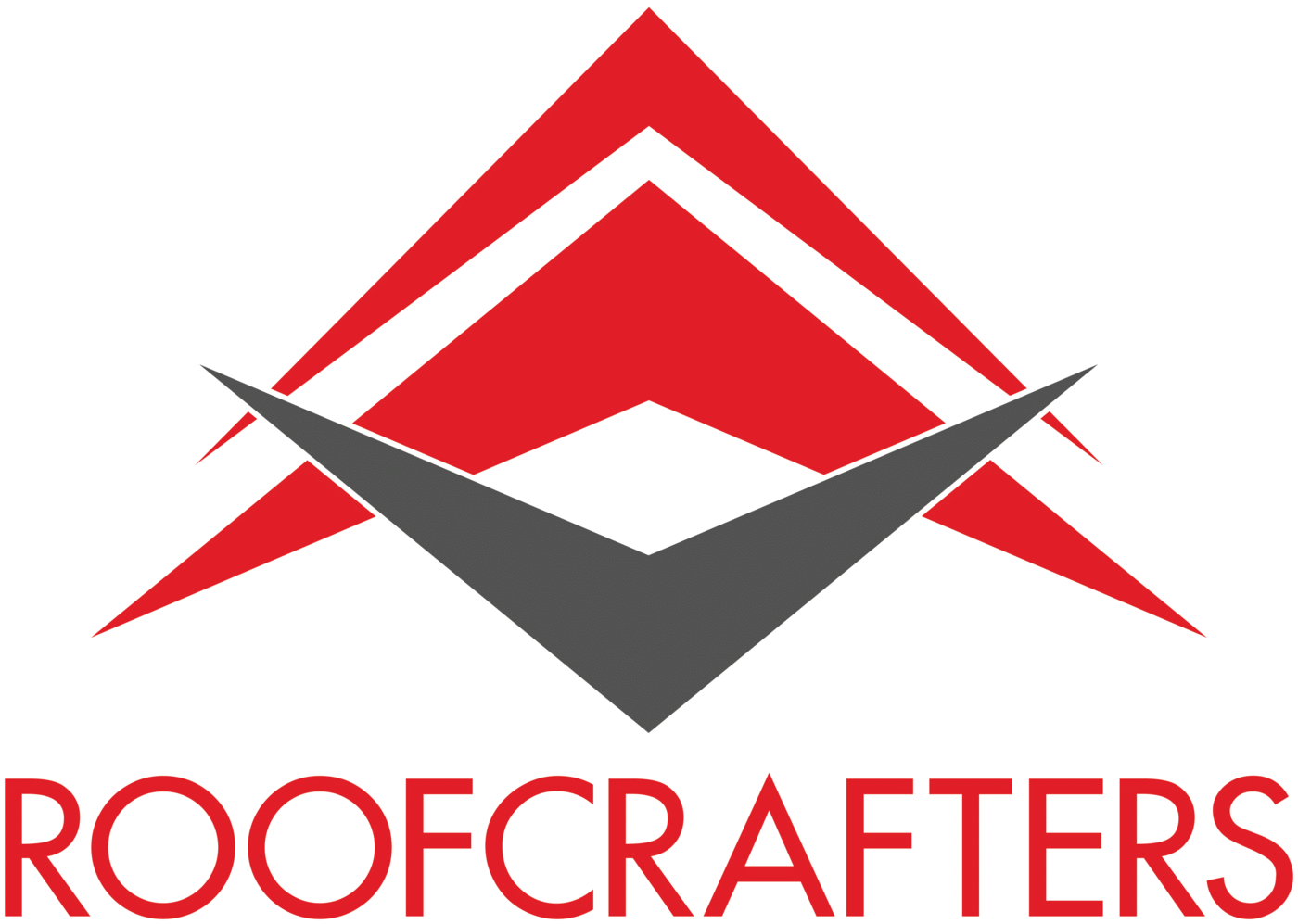All About Smart Roofing Features: The Future of Home Protection
March , 2025 | 6 min. read
By Kevin Mills

Roofs do more than just keep the rain out, wouldn’t you know! Roofing in 2025 is evolving into high-tech, energy-efficient, and smart home-integrated systems. If you’re still thinking of a roof as just shingles and nails, you’re in for a surprise.
Smart roofing features are revolutionizing how homeowners and business owners manage their properties. From solar panels to self-healing materials and integrated sensors, these advancements enhance energy efficiency, durability, and overall convenience. At RoofCrafters, we know that in today’s world, where technology is embedded in everything from our doorbells to our refrigerators, it makes sense that our roofs should be just as smart.
That being said, in this article, we’ll break down the latest smart roofing technologies, explore their benefits, and help you decide if upgrading to a high-tech roof is the right move for your home or business. Let’s get started!
What Are Smart Roofing Features?

A “smart” roof incorporates modern technology to improve performance, efficiency, and longevity. These features can include energy-efficient roofing materials, solar integration, weather-responsive systems, and even AI-powered monitoring tools.
The goal of smart roofing is to:
- Reduce energy costs
- Improve durability and longevity
- Enhance home automation and monitoring
- Increase overall property value
Let’s explore 7 of the top smart roofing features that are reshaping the industry.
1. Solar-Integrated Roofing Systems
When you think of smart roofing, solar technology is probably the first thing that comes to mind. Traditional solar panels have been around for years, but newer innovations like solar shingles and integrated solar roofing systems take it a step further.
Benefits of Solar Roofing:
- Energy savings – Solar roofs can drastically cut electricity bills. Some homeowners even generate excess energy and sell it back to the grid.
- Sleek design – Unlike bulky panels, solar shingles blend seamlessly with your roof.
- Long-term investment – With tax incentives and rising energy costs, solar roofing is becoming a smart financial move.
If you’re in a sunny region like Florida, Georgia, or South Carolina (where RoofCrafters operates), investing in solar roofing can make a significant difference in energy efficiency.
2. Cool Roof Technology
Ever walked barefoot on asphalt in the summer? Then you know how much heat traditional roofs can trap. Cool roofing technology is designed to reflect more sunlight and absorb less heat, keeping your home cooler.
Types of Cool Roofing Materials:
- Reflective coatings – Special coatings that bounce back UV rays.
- Light-colored roofing materials – Materials like white metal or special shingles that reduce heat absorption.
- Green roofs – Living roofs covered in plants that provide natural insulation.
Why Consider a Cool Roof?
- Lower cooling costs – Reduces your home’s need for AC.
- Environmental benefits – Decreases urban heat islands.
- Increased comfort – Keeps indoor temperatures more stable.
For business owners with large commercial properties, cool roofs can lead to significant energy savings.
3. Smart Roof Monitoring Systems
Roofs are one of the most expensive parts of a home to repair, so early detection of issues is crucial. That’s where smart roof monitoring systems come in.
These systems use AI-powered sensors and weather-tracking technology to detect leaks, temperature changes, and even structural weaknesses before they become costly problems.
How Smart Roof Monitoring Works:
- Leak detection sensors – Alert you to moisture buildup before water damage occurs.
- Temperature and humidity monitors – Track climate conditions to prevent mold growth.
- AI predictive analysis – Uses weather data to predict wear and tear, helping with maintenance planning.
For homeowners who travel frequently or own vacation properties, smart monitoring systems offer peace of mind by keeping tabs on roof health remotely.
4. Self-Healing Roofing Materials
It might sound like science fiction, but self-healing materials are becoming a reality in the roofing world.
How Do Self-Healing Roofs Work?
- Polymer-based roofing – Uses special materials that melt and reseal small cracks when exposed to heat.
- Microcapsules with sealant – Embedded within roofing materials, these microcapsules burst open when a crack forms, filling the gap.
- Bitumen roofing innovations – Some modified bitumen roofs can self-repair small punctures when exposed to sunlight.
Self-healing technology is particularly useful in areas prone to extreme weather, as it helps roofs last longer with minimal maintenance.
5. Automated Ventilation Systems
Proper ventilation is key to a healthy roofing system. Smart roof ventilation systems adjust airflow automatically based on temperature and humidity levels.
Advantages of Automated Ventilation:
- Prevents ice dams – In colder climates, proper airflow prevents snow and ice buildup.
- Reduces mold growth – Keeps attic spaces dry and free from excess humidity.
- Lowers cooling costs – Helps maintain stable indoor temperatures.
By incorporating smart ventilation, homeowners can protect their roofs from long-term damage while improving overall home efficiency.
6. Impact-Resistant Roofing Materials
If you live in a hurricane or hail-prone area, impact-resistant roofing is a smart investment. These materials are designed to withstand extreme weather conditions and reduce storm damage.
Top Impact-Resistant Roofing Options:
- Class 4 impact-resistant shingles – Tested to withstand severe hail.
- Metal roofing with special coatings – Some metal roofs now include protective layers that reduce denting.
- Rubberized roofing materials – Flexible and highly durable, absorbing impact better than traditional shingles.
Smart roofing doesn’t just mean high-tech gadgets. Sometimes, it’s about choosing the smartest materials for your climate.
7. Solar-Powered Roof Ventilation Fans
Smart homes use energy-efficient technology, and solar-powered roof ventilation fans fit right in. These fans use solar energy to improve attic airflow, reducing heat buildup and extending the lifespan of your roofing system.
Benefits of Solar Roof Fans:
- Energy Savings – No electricity needed.
- Improves Roof Longevity – Reduces strain on roofing materials.
- Eco-Friendly – Harnesses renewable energy.
For those looking to integrate sustainability into their homes, solar roof fans are a simple yet effective upgrade.
Is a Smart Roof Right for You?

Upgrading to a smart roof depends on factors like budget, climate, and long-term goals. Here are a few things to consider:
- Budget: Some smart roofing features, like solar shingles, have a high upfront cost but offer long-term savings.
- Location: If you live in a sunny region, solar roofing is a no-brainer. In storm-prone areas, impact-resistant materials are a smart choice.
- Home automation: If you already use smart home devices, integrating a smart roof monitoring system could enhance your home’s efficiency.
The Future of Roofing is Smart
Gone are the days when a roof was just a protective covering. Today, smart roofing features offer energy efficiency, durability, and convenience, making them a worthwhile investment for homeowners and businesses alike.
At RoofCrafters, we stay ahead of the latest roofing innovations to help our clients choose the best solutions for their needs. Whether you’re interested in solar integration, impact-resistant materials, or AI-powered monitoring, a smart roof could be the upgrade your home or business needs.
If you’re ready to explore smart roofing options, reach out to RoofCrafters today! Hit that “Schedule an Inspection” button down below, and let’s build a smarter, stronger future, one roof at a time.
My name is Kevin Mills, and I am the lead estimator for RoofCrafters’ Tampa division. I’m originally from Michigan, and I enjoy hunting, fishing, and spending any free time outdoors. What I’m most passionate about, though, is helping business owners and homeowners alike achieve their roofing goals, all while providing a seamless customer journey.



